Your first splitboard tour: how to get started in the backcountry
Congratulations! You’ve chosen the coolest and most versatile winter sport: splitboarding. To help you master your first adventure in the backcountry safely and successfully, we have put together the five most important tips for you – from riding technique and equipment to safety.
Introduction
Splitboard tours offer freedom and adventure in untouched nature, but require good preparation. Whether you want to learn the basics or be inspired for your first tour – these five points will give you the ideal basis for a successful start.
Overview: The 5 most important tips for your first splitboard tour
- Learn off-piste snowboarding
Practice different riding techniques and prepare for changing snow conditions. - Get good equipment
High-quality and suitable equipment is the key to a relaxed tour. - Tips for the ascent
The right walking technique and handling of your splitboard make all the difference. - The choice of tour
Start with easy routes or guided tours so as not to overtax yourself. - Safety on the mountain
Recognizing and minimizing avalanche risks – knowledge and practice are essential.

Caption: Turns like this make a freerider’s heart beat faster! Radical also offers freeride technique courses to perfect your skills!
1. learn off-piste snowboarding
Powder snow and blue skies – that’s the dream! But the snow conditions in the backcountry are often more challenging. From hard snow to ice to frozen avalanche cones: Flexibility and technique are crucial.
Technology for the site
- High and low unloading
- Terrain jumps and flowing runs
- Cut swing shapes and advanced powder technique
These skills can be practiced perfectly on the piste or in open terrain under professional guidance. Freeride and snowboard course providers, e.g. SSBS-certified, will take you safely to your destination.
2. get good material
The right equipment is crucial. In the backcountry, there is no quick fix if something doesn’t work. So go for quality – stinginess is out of place here.
Important equipment
- Splitboard and binding:
Get good advice. Find a store that specializes in splitboards and knows the advantages and disadvantages of the individual binding systems. You can find an overview of common systems here.
- Shoes:
To get started, you can use your existing snowboard boots as long as they offer a grippy profile and a firm lateral flex. If you tour regularly, special splitboard boots are a worthwhile investment. These offer more grip and comfort on the ascent and better control on the descent.
Modified hard boots are an absolute trend, which score particularly well on the ascent thanks to their low weight and rigidity. They offer optimum edge pressure and save energy – ideal for longer and more demanding tours.
- Climbing skins:
The choice of climbing skins is often underestimated, but they are essential for the ascent. Glue-coated systems have proven to be particularly reliable:
- Advantage: Sticks even if climbed several times on the same day.
- Care: Make sure they stay clean and use the separating net to protect the glue.
- Avalanche kit (avalanche transceiver, probe, shovel):
This equipment is an absolute must and should not be missing on any tour.
- Avalanche transceiver: For quick retrieval in the event of an avalanche.
- Probe: For precise localization.
- Shovel: For efficient rescue of buried victims.
Important: Attend an avalanche transceiver course regularly to practise using this equipment. Even the best equipment is useless if you can’t use it safely.
You should also maintain your equipment regularly and check that it is in good working order before every tour. By the way: At Radical, we are happy to advise you or offer you rental equipment – ideal for beginners!
3. tips for the ascent
The route to the summit is a challenge, but with the right technique it’s great fun.
Ascent techniques
- Practice hairpin bends and walking techniques on flat terrain or slopes first.
- Keep your body straight and distribute your weight over your entire foot.
- Use climbing aids for steeper terrain and crampons for icy passages.
Tip: Test assembling your board and putting on and stowing the skins in advance. This will save you time and nerves on the mountain.
4. the tour selection
Start with an easy tour that is not out of your comfort zone. Professionally guided tours, like the ones we offer at Radical, are ideal for beginners.
Planning and inspiration
- Platforms such as Whiterisk and Skitourenguru offer useful tools.
- Pay attention to your fitness – splitboarding is strenuous and requires reserves for the descent.
Guided tours with experienced guides offer you safety and valuable tips for your first adventure.
5. safety on the mountain
Risks lurk off the slopes, especially from avalanches. Reading the terrain and sound risk management are essential.
Important safety measures
- Pay attention to the slope gradient – it is key to avalanche prevention.
- Use avalanche reports, e.g. via the Whiterisk app.
- Learn how to use avalanche transceivers and train regularly in courses.
Guided tours and workshops help you to learn these skills step by step.
Conclusion
Splitboarding is a fascinating winter sport that combines adventure and nature experiences. With the right preparation, the right equipment and basic safety knowledge, nothing stands in the way of your first tour. Let yourself be inspired, test the backcountry and enjoy the freedom – with brains and enthusiasm!
Ready for your first tour? Visit our store in Zurich or book a guided beginners’ tour with Radical. We look forward to seeing you!
Share your questions or experiences with us!
Do you already have your own experience with splitboard tours or do you still have questions about your first tour? We look forward to your comment and the exchange with you!
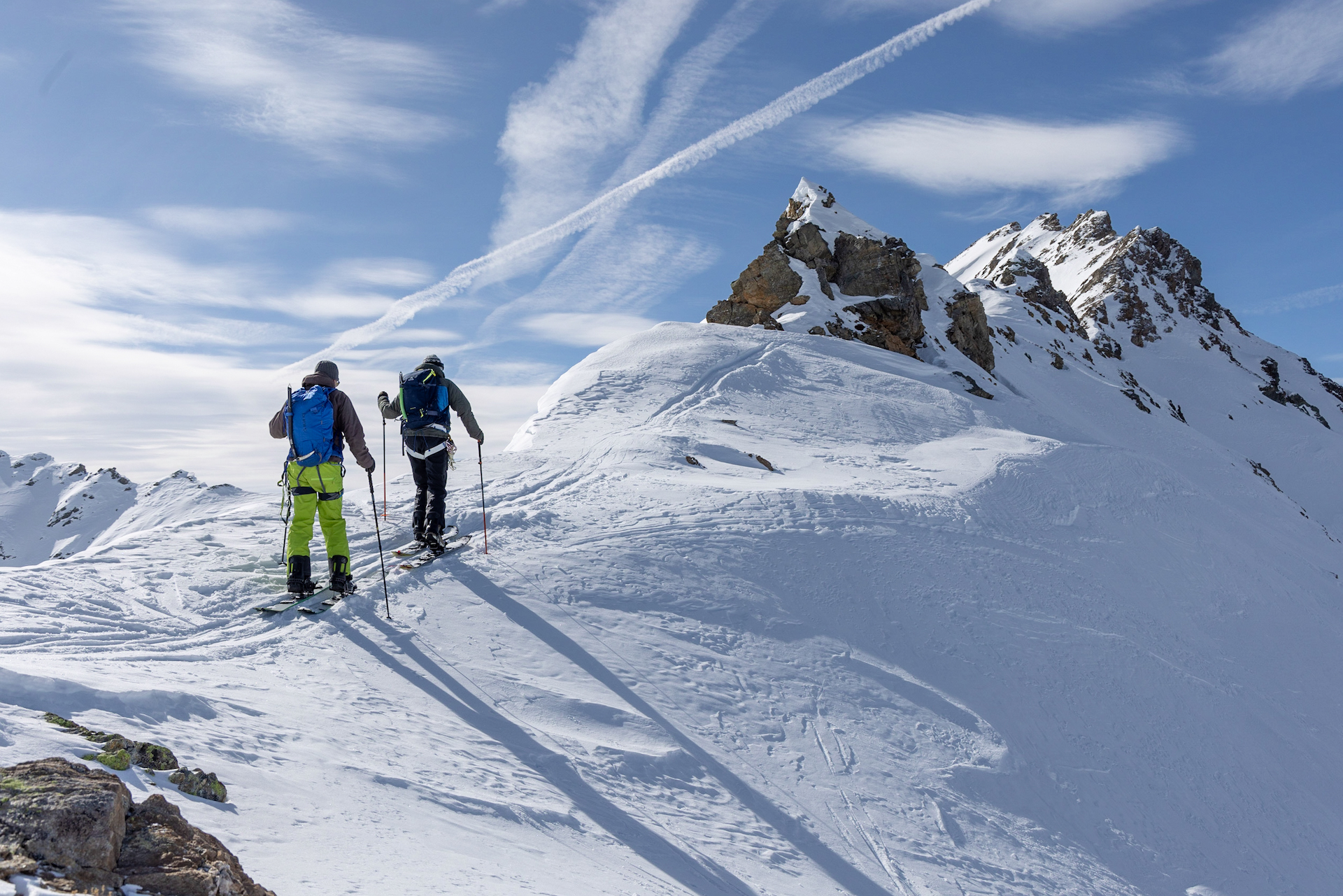


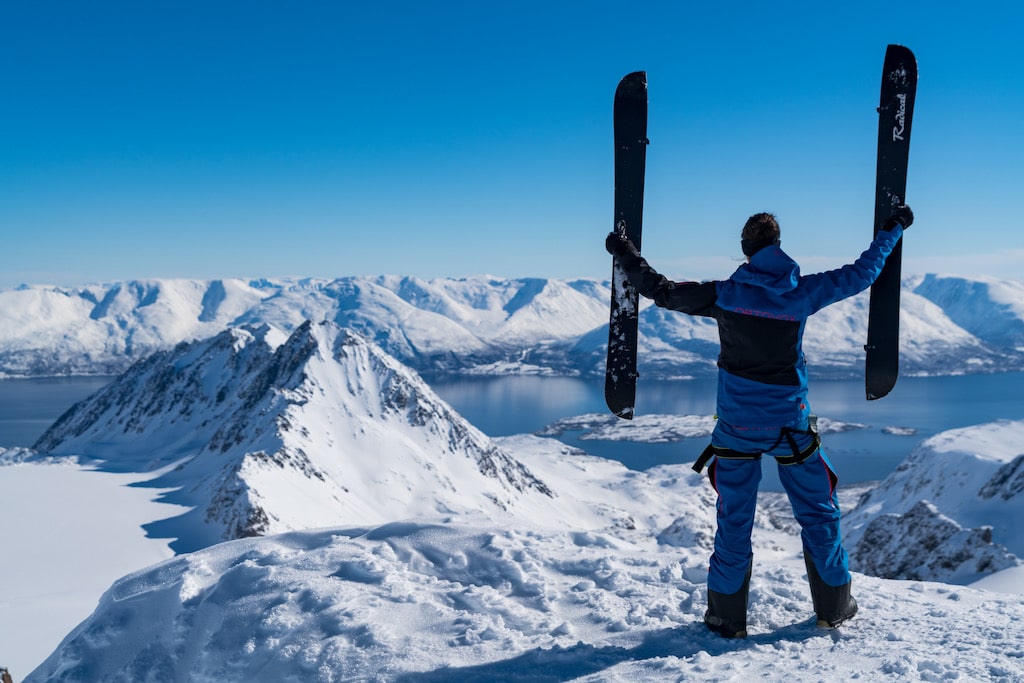
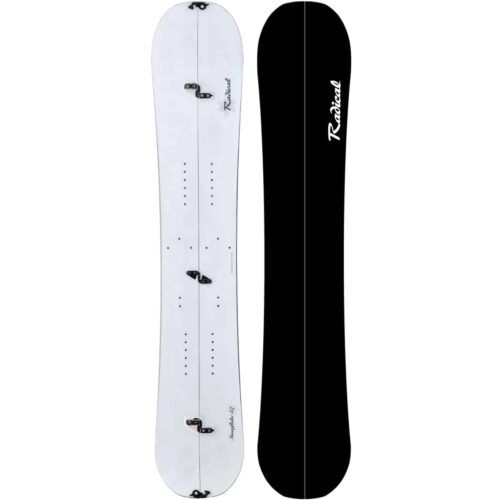
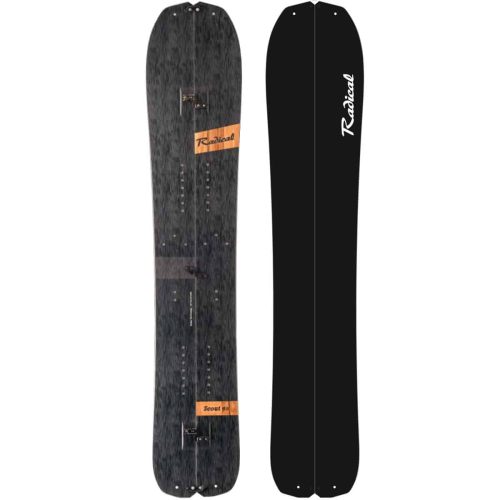
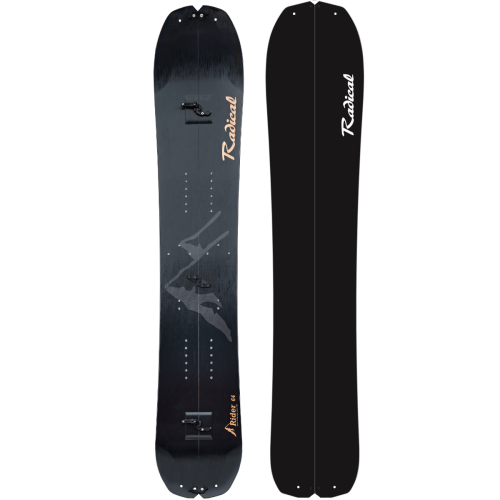
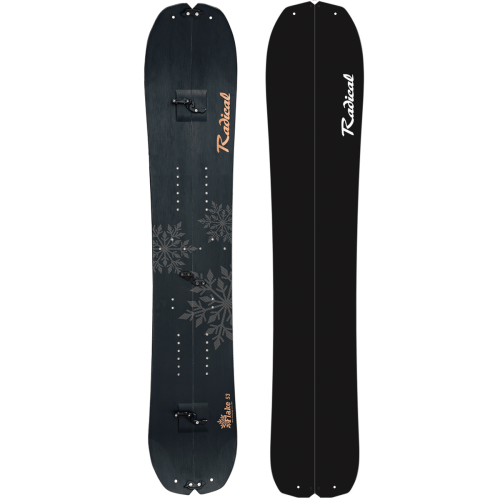
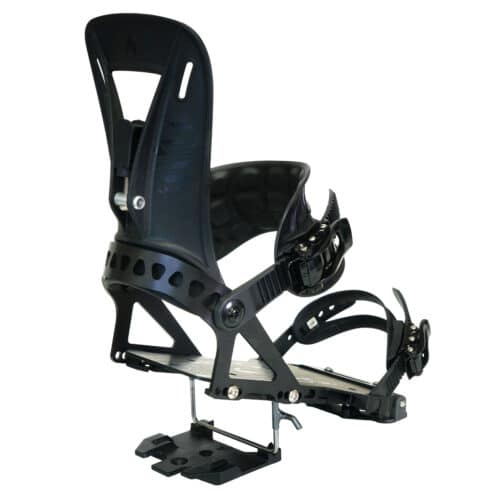
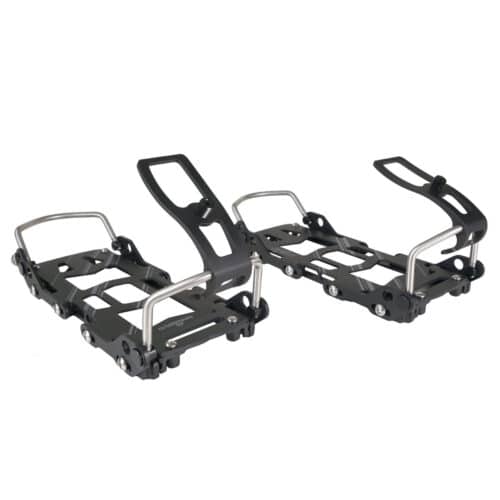
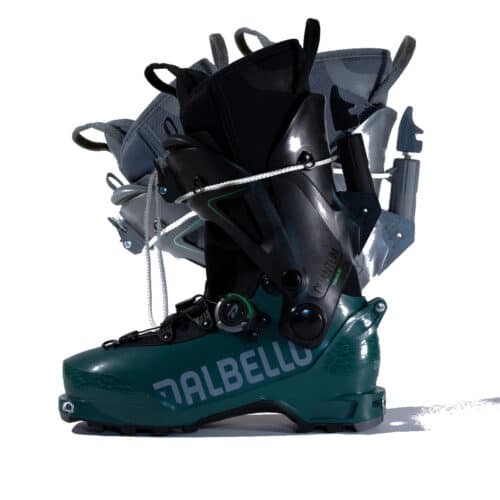
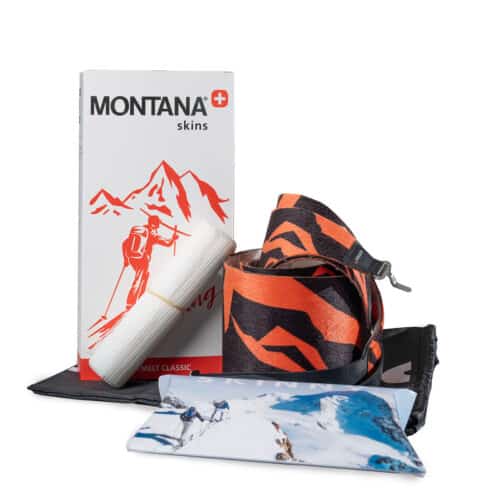
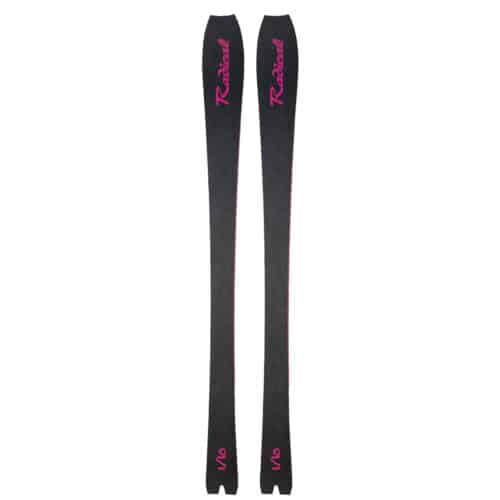
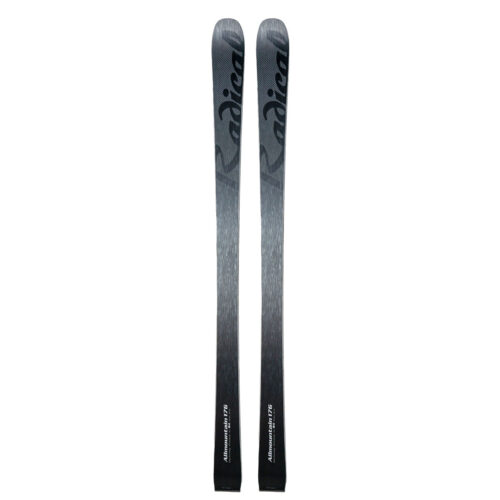
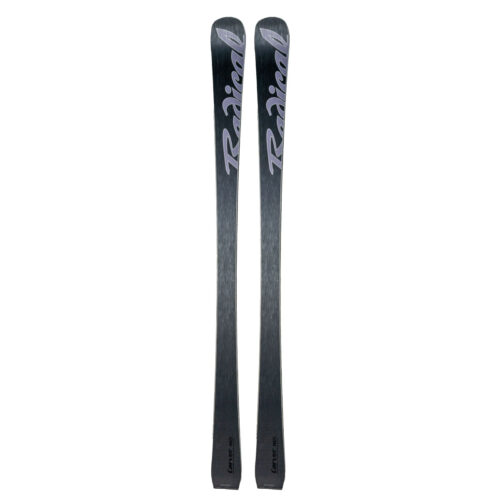
Letzte Kommentare